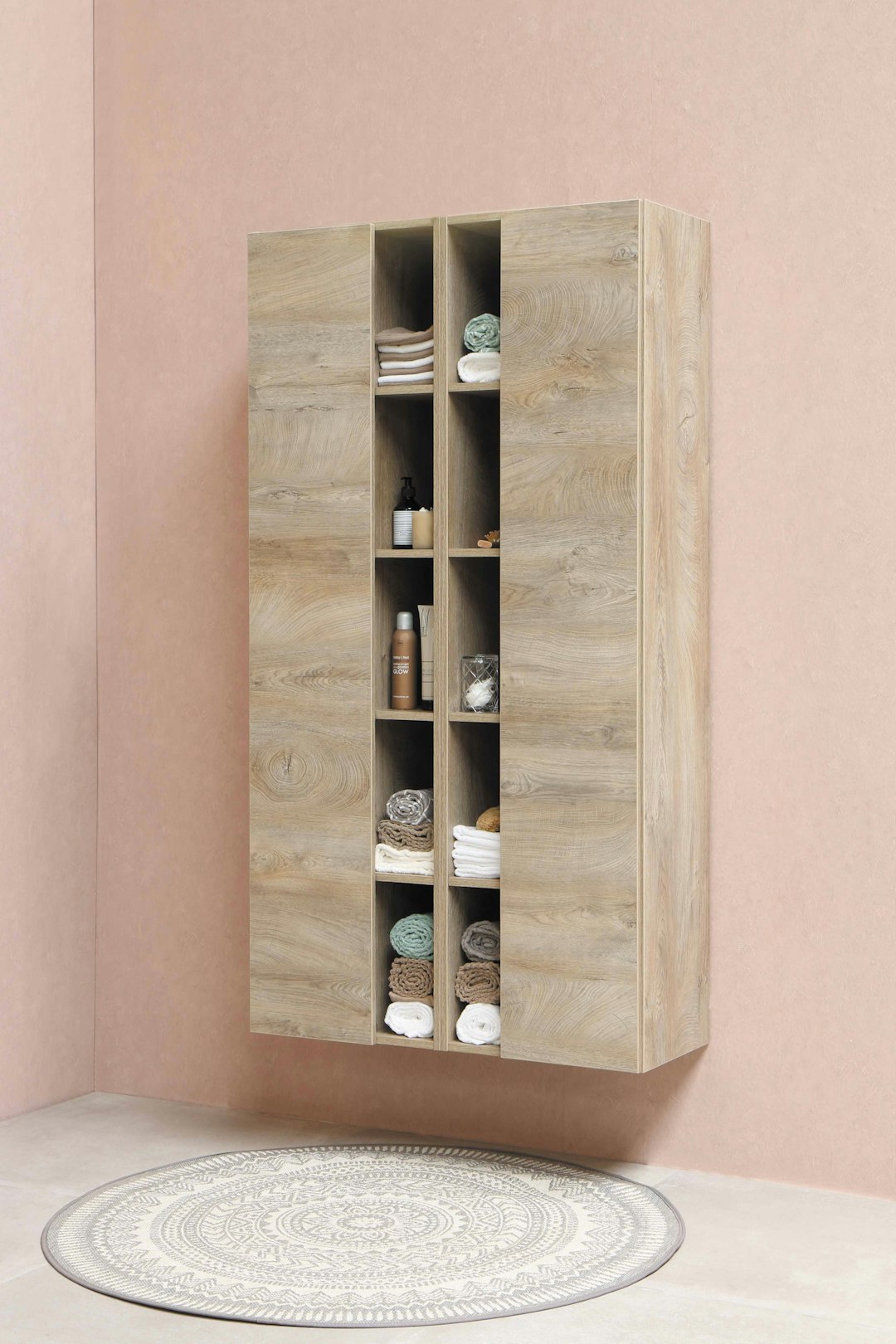Furniture placement is an essential aspect of interior design that can greatly impact the overall atmosphere and functionality of a space. The way furniture is arranged can affect not only the physical layout of a room but also the mental and emotional experience of those who inhabit it. The psychology of furniture placement delves into how the placement of furniture can influence our mood, behavior, and overall well-being.
One of the key principles of furniture placement is the concept of flow. Flow refers to the idea that a space should feel open and easy to navigate, with a sense of continuity and harmony. When furniture is placed in a way that disrupts the flow of a room, it can create a sense of clutter and chaos that can be overwhelming and stressful. On the other hand, when furniture is arranged in a way that promotes flow, it can create a sense of calm and balance that can enhance our mood and overall well-being.
Another important aspect of furniture placement is the idea of balance and symmetry. Balance refers to the distribution of visual weight in a space, while symmetry refers to the mirroring of elements on either side of a central axis. When furniture is arranged in a way that creates a sense of balance and symmetry, it can create a feeling of stability and order that can promote a sense of calm and relaxation. On the other hand, when furniture is arranged in a way that lacks balance or symmetry, it can create a sense of tension and unease that can negatively affect our mood and well-being.
Furniture placement can also influence our behavior and interactions with others. For example, research has shown that the arrangement of furniture in a room can affect how people interact with each other. When furniture is arranged in a way that encourages face-to-face communication, such as placing chairs in a circle or around a table, it can promote social interaction and collaboration. On the other hand, when furniture is arranged in a way that creates barriers between people, such as placing sofas against walls or in an L-shape, it can inhibit communication and create a sense of separation.
Additionally, furniture placement can affect our mood and emotions. For example, the placement of furniture in a room can impact how we feel when we enter it. When furniture is arranged in a way that creates a sense of openness and light, it can promote a feeling of airiness and positivity. On the other hand, when furniture is arranged in a way that creates a sense of confinement and darkness, it can promote a feeling of heaviness and negativity.
In conclusion, the psychology of furniture placement is an important aspect of interior design that can greatly impact our mood, behavior, and overall well-being. By considering principles such as flow, balance, and symmetry, we can create spaces that promote a sense of calm, balance, and harmony. Additionally, by arranging furniture in a way that promotes social interaction and positive emotions, we can create spaces that enhance our quality of life and overall happiness. So next time you rearrange your furniture, consider the psychological impact it may have on your well-being.


